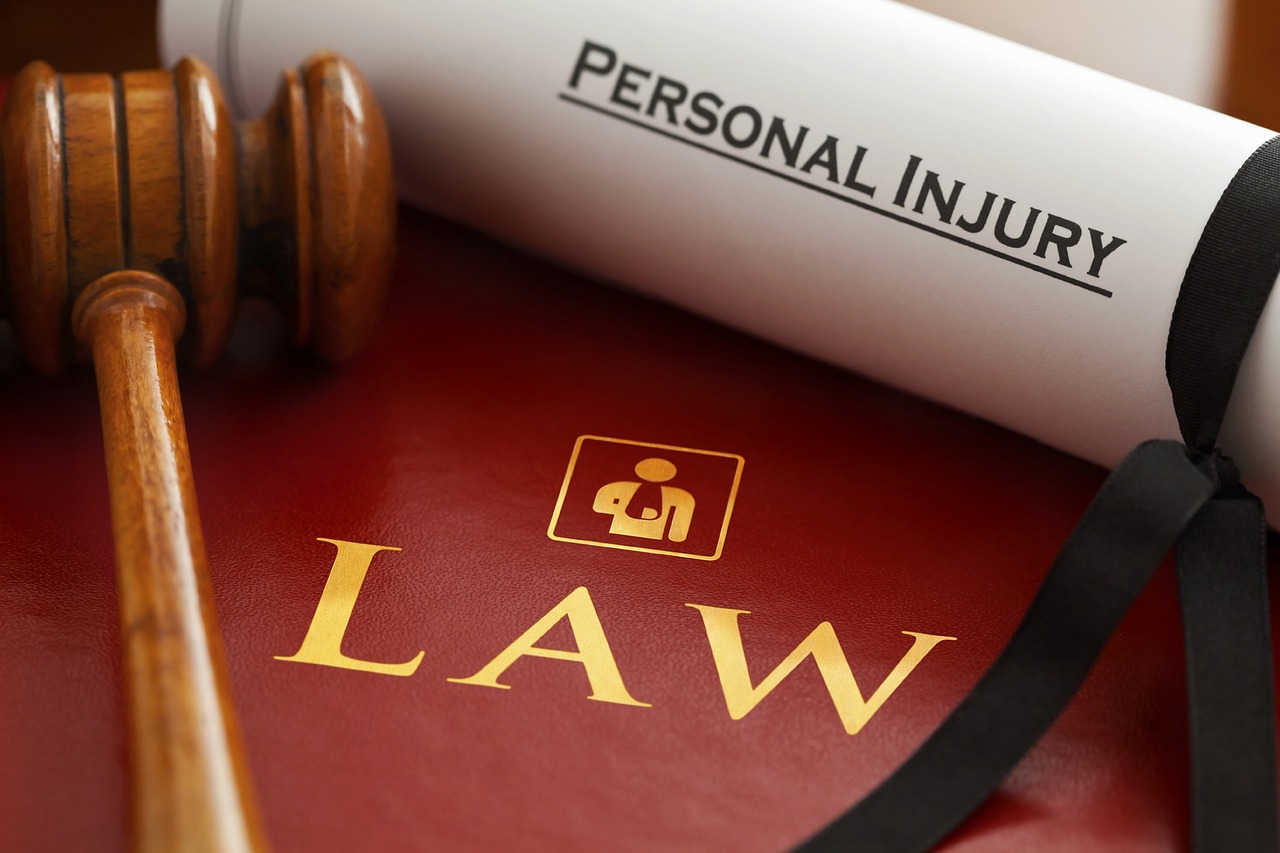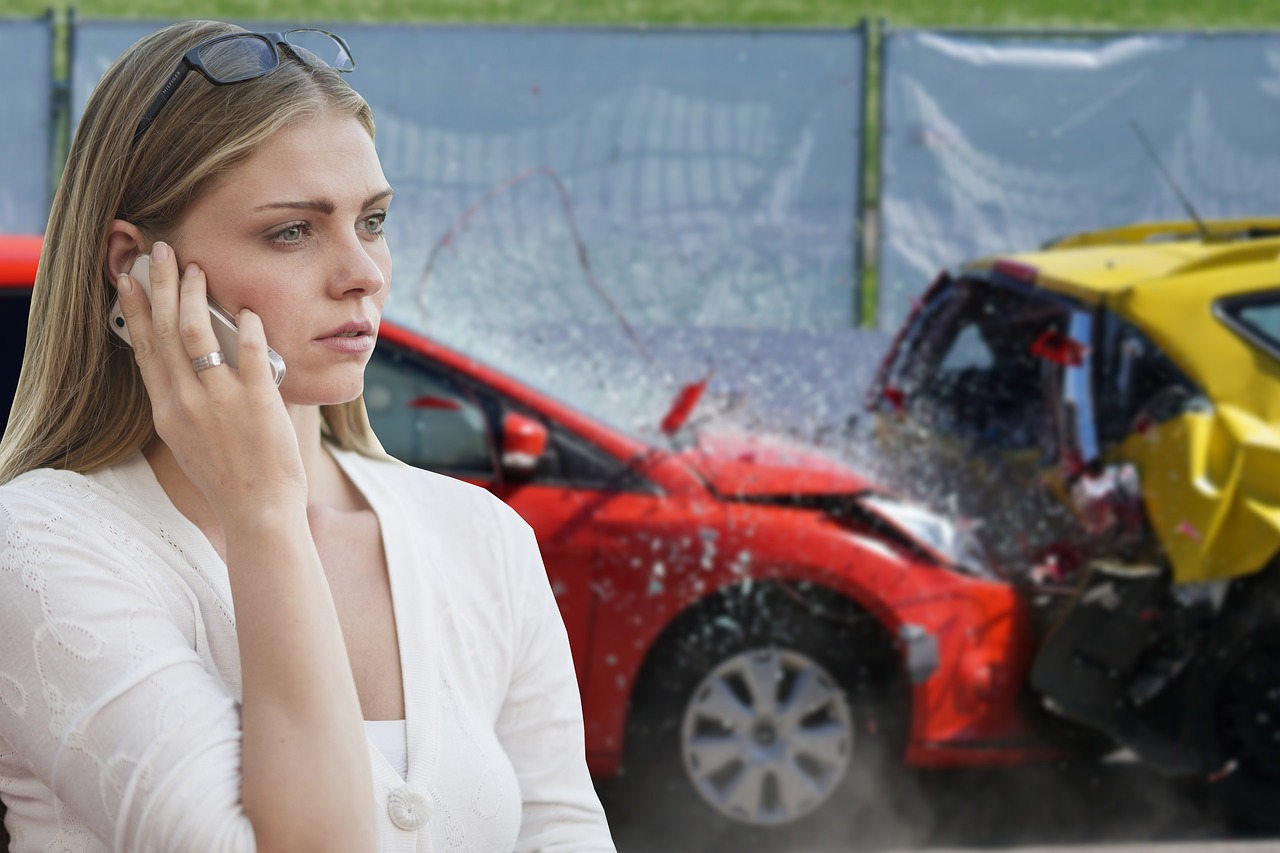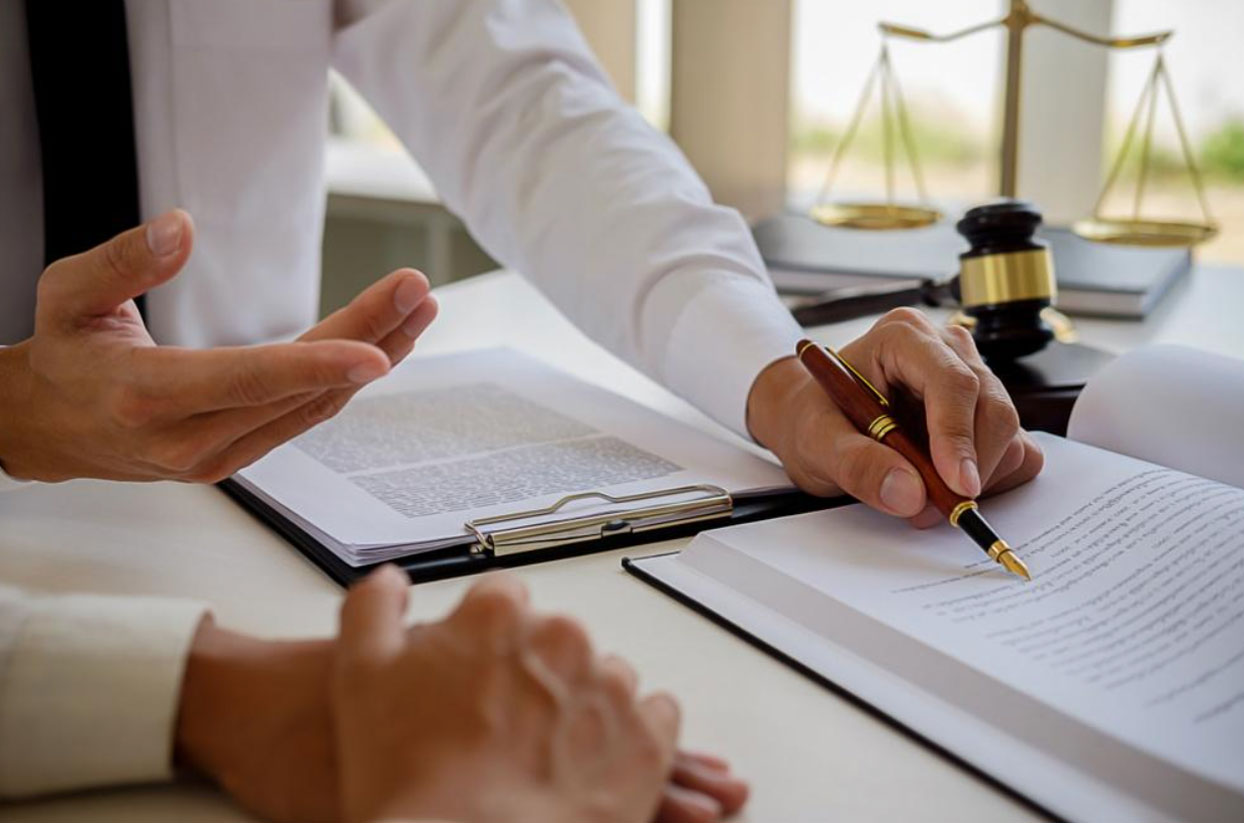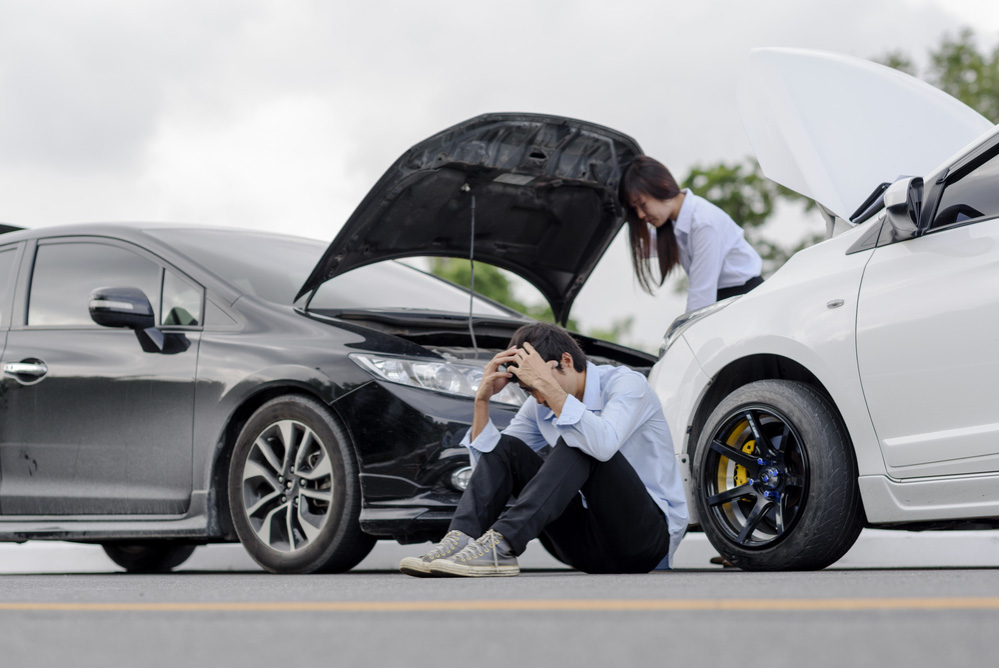The Impact of Comparative Negligence in Personal Injury Cases
When an individual is harmed or injured due to another party’s negligence, personal injury cases may be brought forth. Failing to use reasonable care that results in another person being injured as a result is negligence. In personal injury cases, understanding comparative negligence is essential because it affects how fault is assigned and the amount…
View details









